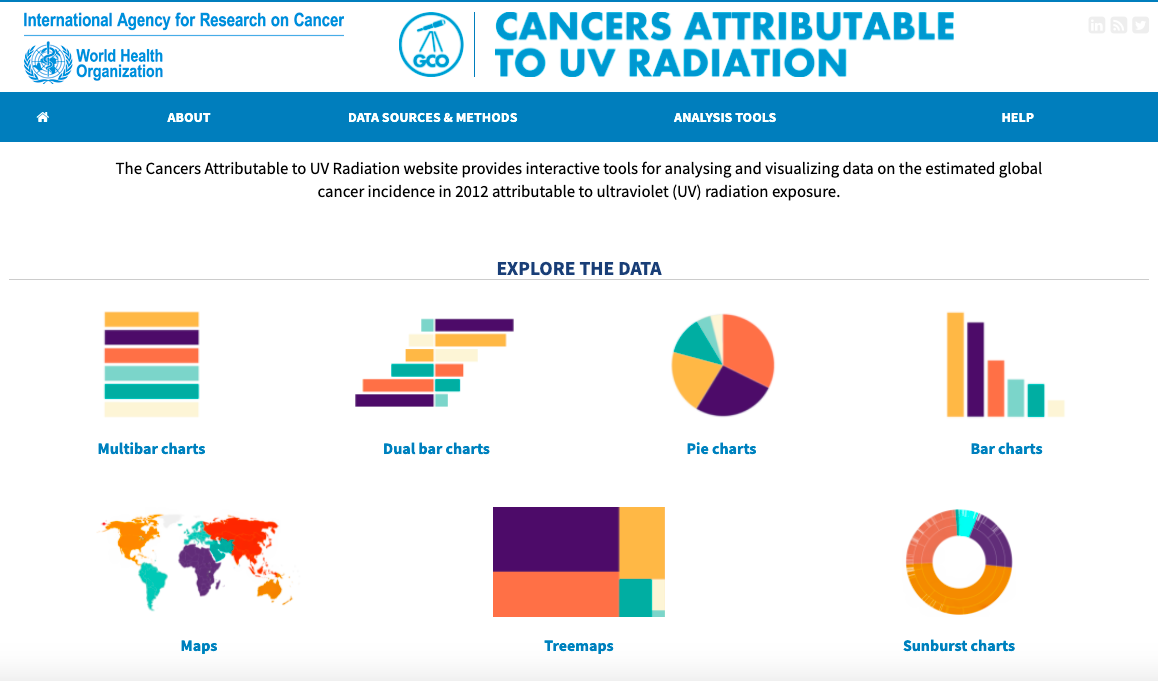There were an estimated 324,635 new cases of melanoma worldwide in 2020, and 57,043 deaths. 3 3Global Cancer Statistics 2020: GLOBOCAN estimates of incidence and mortality worldwide for 36 cancers in 185 countries, Melanoma of Skin Fact Sheet. Sung et al. 2020












